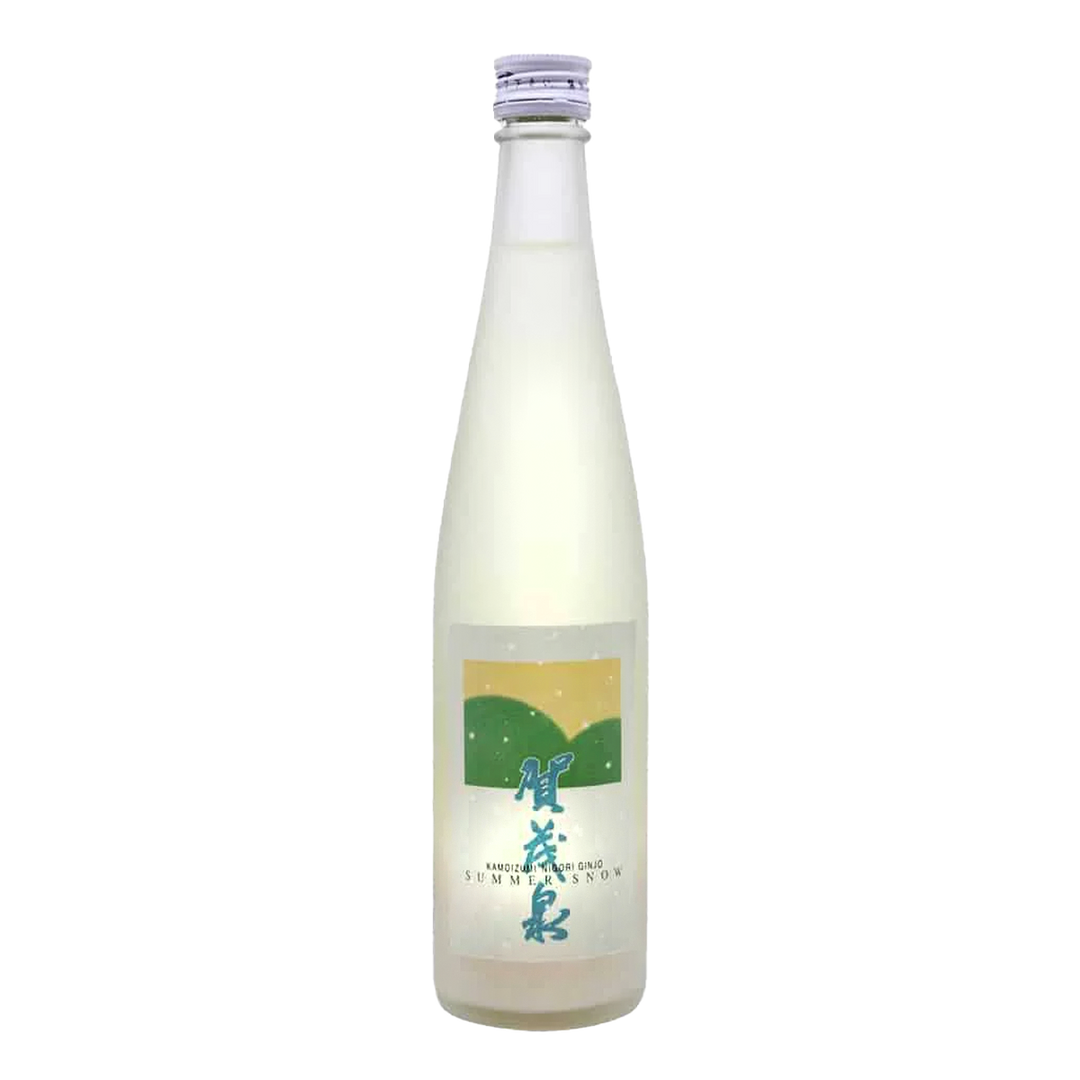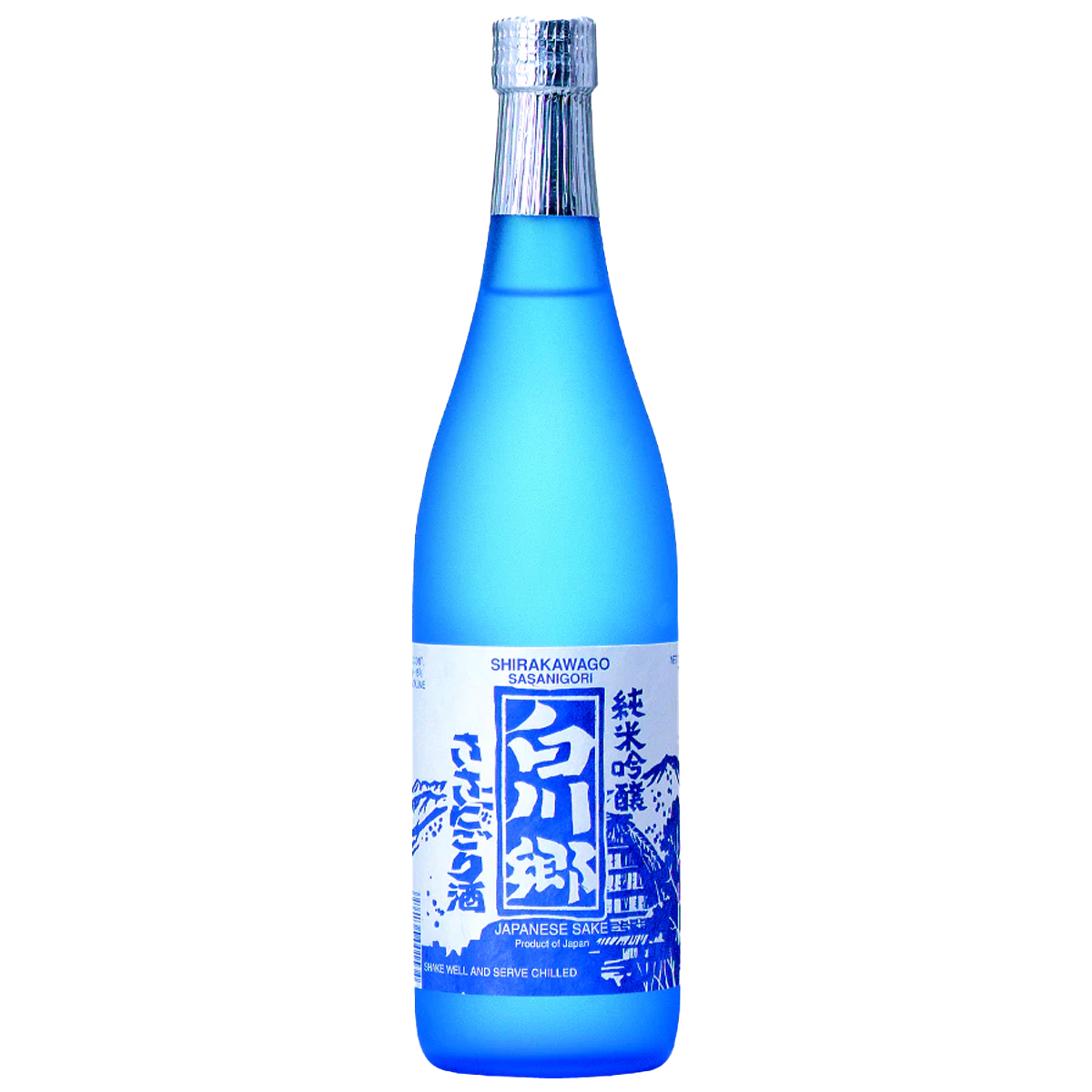
Kamoizumi Junmai Ginjo Nama Genshu Nigori "Summer Snow" (2023)
- In stock, ready to ship
[Tasting notes for 8/23 bottling, received & quality checked 9/25]
Bold and intense, with Kamoizumi's characteristically intense acidity and creamy, coconutty, tropical notes. It’s like I’m biting into a midsummer wedge of honeydew melon drizzled with coconut cream and crushed peanuts… then jumping in the salty Seto Inland Sea. There is something intriguing, earthy, minerally in the finish that makes it much more compelling than your average nigori. And at 18% ABV it’s startling how easily this nigori drinks (you have to fit all that flavor in somewhere.)
STORAGE
Store the unopened bottle in the fridge, in the dark!
Brewery: Kamoizumi Shuzo
Location: Hiroshima Prefecture
Water: Kamo spring (from which Kamoizumi gets its name) which channels the famous, medium-hard Mt. Ryuoh water of Saijo, Hiroshima.
Rice: Yamadanishiki grown in Higashihiroshima City in the Zoka district at a relatively high elevation of 350m (1150 ft) where nights are very cold and days are warm, slowing the rice growing process, and leading to optimal conditions for rice quality.
Polishing: 58-60%
Grade: Junmai Ginjo Nigori Nama Genshu
Yeast: KA-1 (a substrain of Yeast #9)
SMV: +1
No brewery in Japan has taken a stronger stand for individuality than Kamoizumi. Their sake has an attitude: robust, tawny, full-flavoured, yet with the smooth finish and easy drinkability that are the hallmarks of technical mastery. Aging and blending are paramount, and when finally released, the Kamoizumi labels pair well with meat dishes and Chinese cuisine, a rarity in the sake world. For the connoisseur, their supple balance of sweetness, acidity, astringency and the elusive flavour component of "umami" is without peer.
The conventional wisdom is to enjoy this sake chilled: pour from the fridge and let the glass sit for about 10 minutes to warm up just a touch. Served chilled, it's more refreshing and the flavors err fruity. Once it warms to room temperature the mushroomy, funky qualities are more apparent. I like to buck expectations a bit and serve nigori in wine glasses– in the shop I prefer a delicate sherry/liqueur glass. There’s something confrontational about a thick, creamy drink in an elegant glass, leaving residue along the side. You get to experience the viscosity with your eyes as well as your mouth.
If conventional wisdom is chilled, then unconventional wisdom is warmed. At the recommendation of Kamoizumi’s international sales manager Mr. Gautier, I tried Summer Snow at 95, 120 and 150F. Served at ~95F, the minerality and saltiness fade away but the acidity and alcohol gain a sharpness that sings. This taut tension snaps against the nigori’s creamy texture and I find myself returning sip after sip. Sour vs smooth! In fact, I was so drawn by the warm version and found it so food-friendly (a nigori for steak?) that for the remainder of the bottle, I didn’t return to chilling. Highly recommend this unusual approach with Summer Snow, using a shallow, wide-mouthed sake cup like a sakazuki if you are sensitive to alcohol. Any 18% ABV sake served warm is going to greet your nose with boozy vapors, and a shallow, wide-mouthed cup helps to dissipate the impact.



